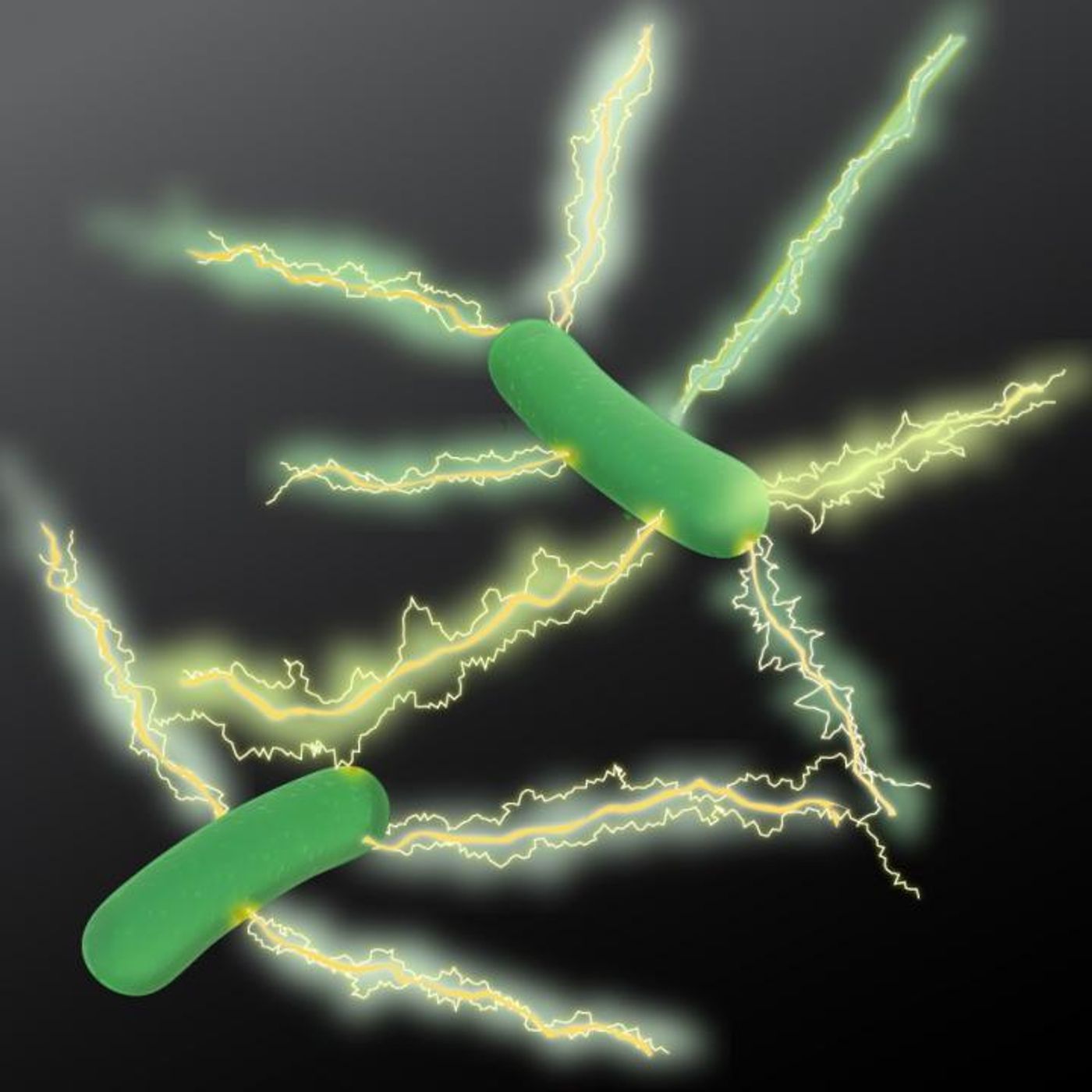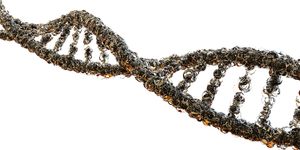Electrically Conductive Filaments Found in Many Microbial Species
Microfilaments that are capable of conducting electricity, termed nanowires, were discovered in the bacterium Geobacter several years ago by the team of Derek Lovley at the University of Massachusetts Amherst. Now those scientists have found these interesting structures in many other species; this work is likely to expand the field studying nanowires. Reporting in the International Society of Microbial Ecology Journal, this research could have many applications in so-called green energy production, now that many more bacteria have been found to be capable of harboring filaments that conduct electricity.
"Geobacter have evolved these special filaments with a very short basic subunit called a pilin that assembles to form long chains that resemble a twisted rope. Most bacteria have a basic subunit that is two to three times longer. Having electrically conducting pili or e-pili is a recent evolutionary event in Geobacter, so the working hypothesis was that this ability would only be found in its close relatives,” explained Lovley, who began to publish work on Geobacter 30 years ago.
"It was surprising to us, and I think many people will be surprised to learn, that the concept that microbes need the short pilin subunit to produce e-pili is wrong. We have found that some much larger pilins can also yield e-pili and that the ability to express e-pili has arisen independently multiple times in the evolution of diverse microbial groups." He and co-authors added that "e-pili can have an important role in the biogeochemical cycling of carbon and metals and have potential applications as 'green' electronic materials."
"This is a great development, because now the field will widen. Microbiologists now know that they can work with other microbes to investigate electrically conductive filaments. We've found a broad range of microbes that have this,” noted Lovley. “One interesting thing we already can report is that some of the new bacteria we've identified have filaments up to 10 nanometers in diameter. Geobacter's filament[s] are very thin, just three nanometers in diameter. For building electronic devices like nanowire sensors, it is a lot easier to manipulate fatter wires. It will also be more straightforward to elucidate the structural features that confer conductivity with the thicker wires because it is easier to solve their structure."
The researchers are hopeful that the discovery of many more electrically conducting protein nanowires will help in a sustainability revolution. "Our current system of using considerable energy and rare resources to produce electronics, then throwing them away in toxic waste dumps overseas, is not sustainable," Lovley said. Creating microbes that synthesize electronic biologics can eliminate the use of harsh chemicals and requires lower energy inputs, he noted. "And the microbes eat cheaply. In the case of Geobacter, we basically feed them vinegar."
The scientists found bacterial strains that produced high current densities due to pilin genes. They determined that e-pili are conductive because of aromatic amino acids in pilin subunits. That identifying characteristic has made pilin genes easier to identify - they have a high density of aromatic acids with few gaps in pilin chains.
The researchers went a step further, and removed native pilin genes from Geobacter, then replaced them with genes from another conductive microbial strain. In several cases, conductivity was maintained.
Over the years, Geobacter's unique features have led to may ‘firsts’ in microbiology. "Now Geobacter has drawn us into electronics. I am excited to find out if these new electrically conductive protein nanowires from other bacteria might function even better than the Geobacter wires for applications such as biomedical sensors. The simple screening method described in our paper is identifying genes for conductive wires in diverse microorganisms that may rely on electrical signaling for unique functions of biomedical and environmental significance,” said Lovley.
Sources: Phys.org, International Society of Microbial Ecology Journal









